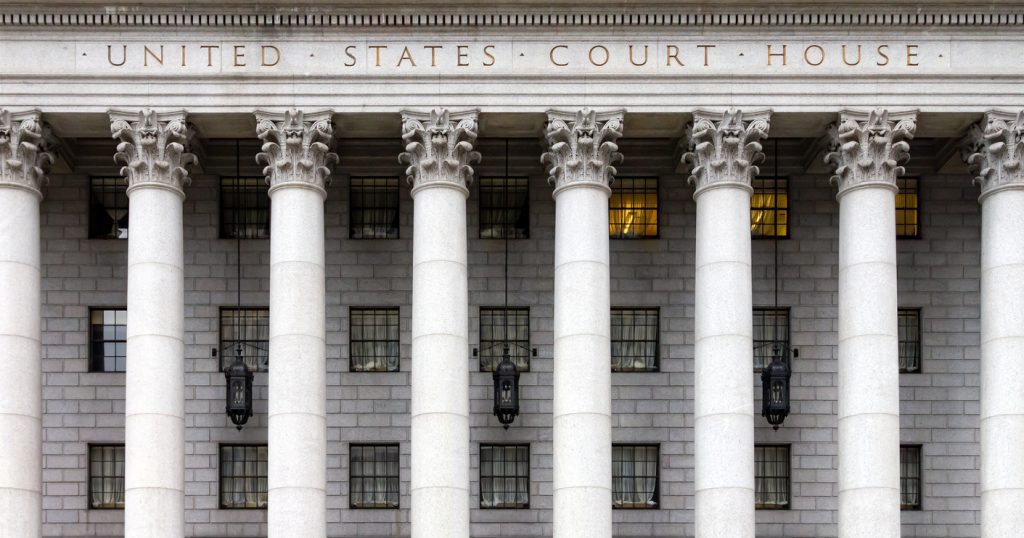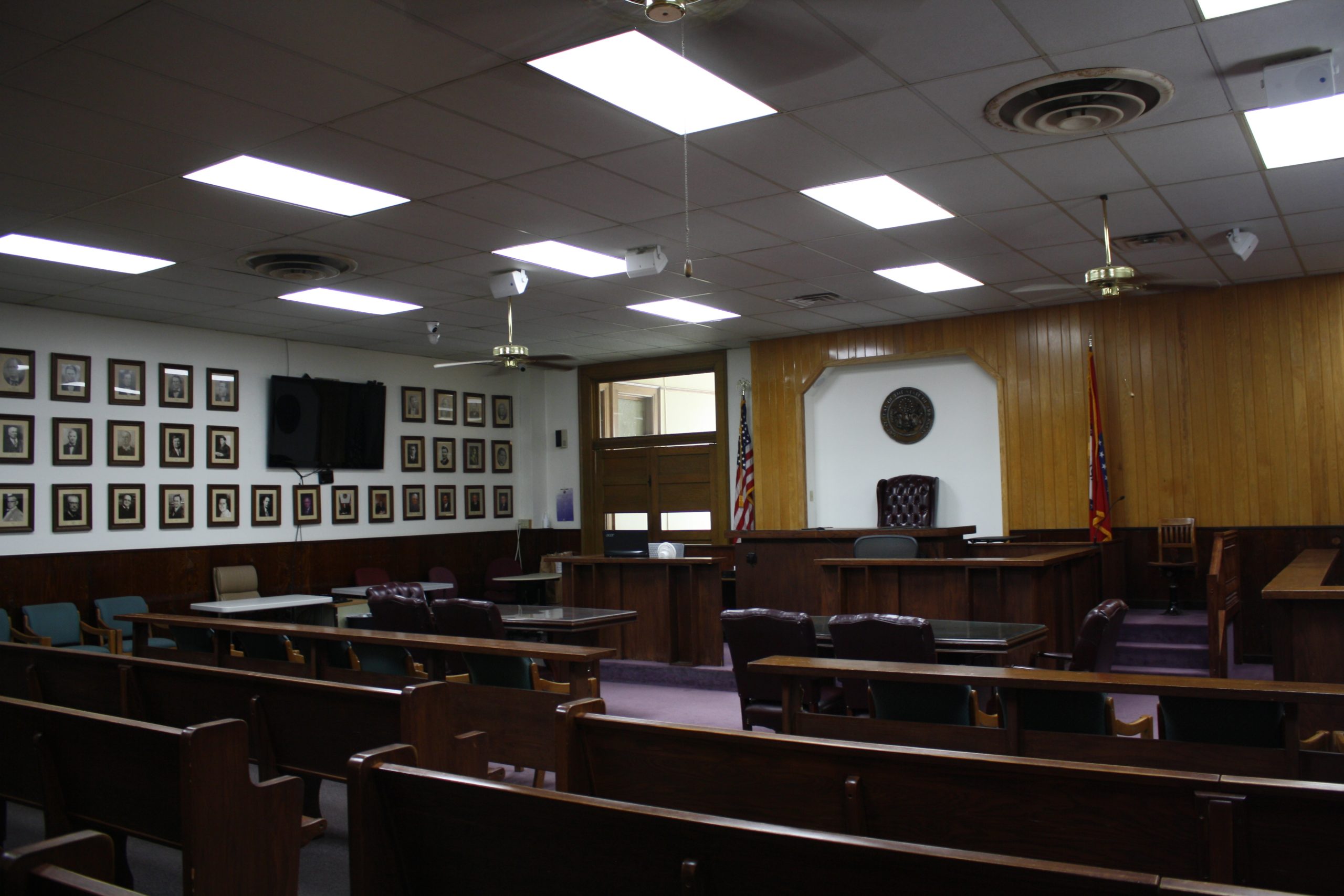As you already know (or will know if you click here), courts usually don’t let parties present hearsay in court. And, as you also already know (or will know if you click here), this general rule has a lot of exceptions. In federal court (which is different than state court), in fact, there are 23 exceptions. In addition to the exceptions, though, you also need to know about the hearsay exclusions.
Federal Rule of Evidence 801 defines the term “hearsay” as “a statement that” “the declarant does not make while testifying at the current trial or hearing; and” “a party offers in evidence to prove the truth of the matter asserted in the statement.”
But Rule 801 doesn’t stop there. Instead, it goes on to list several “statements that are not hearsay.” Those are the hearsay exclusions.

Hearsay Exclusion #1: A Declarant-Witness’s Prior Statement
The first exclusion Federal Rule of Evidence 801 defines as “not hearsay” is “a declarant-witness’s prior statement.” Subrule 801(d)(1) states “[a] statement … is not hearsay” if “[t]he declarant testifies and is subject to cross-examination about a prior statement, and the statement”
- “is inconsistent with the declarant’s testimony and was given under penalty of perjury at a trial, hearing, or other proceeding or in a deposition;”
- “is consistent with the declarant’s testimony and is offered” “to rebut an express or implied charge that the declarant recently fabricated it or acted from a recent improper influence or motive in so testifying; or” “to rehabilitate the declarant’s credibility as a witness when attacked on another ground; or”
- “identifies a person as someone the declarant perceived earlier.”
Let’s break these three parts down. First, a speaker’s statement isn’t hearsay if contradicts the same speaker’s current testimony. The only catch is that the prior statement must have happened under penalty of perjury in the legal setting. In the criminal-law context, the most common example involves testimony from a preliminary hearing at a later trial.
Second, a speaker’s statement isn’t hearsay if it is consistent with prior testimony and offered to defend themselves against being accused of recently lying, testifying with an improper motive or rehabilitating your credibility after someone else attacked it. A common example of this is when a prosecutor accuses a defense witness of making up testimony at trial. The defense attorney, in turn, can use prior testimony to defend against the prosecutor’s accusations.
Finally, a speaker’s statement isn’t hearsay if it identifies someone that the speaker identified before. The most common way this comes up is with photo lineups. Imagine a witness previously identified (or didn’t identify) the defendant. In that circumstance, the prosecutor and defense attorney can use that identification at trial.
Hearsay Exclusion #2: An Opposing Party’s Statement
The second exclusion Federal Rule of Evidence 801 defines as “not hearsay” is a “statement [that] is offered against an opposing party and” does one of five things:
- “was made by the party in an individual or representative capacity;”
- “is one the party manifested that it adopted or believed to be true;”
- “was made by a person whom the party authorized to make a statement on the subject;”
- “was made by the party’s agent or employee on a matter within the scope of that relationship and while it existed; or”
- “was made by the party’s coconspirator during and in furtherance of the conspiracy.”
Unlike the first hearsay exclusion, the second one is a little more straightforward. The most common example in criminal cases is when someone charged with a crime says something that hurts their defense. To use the most obvious example, a confession would fall under this exclusion.

The Takeaway:
A declarant-witness’s prior statement and an opposing party’s statement are hearsay exclusions. This means that the applicable rules of evidence expressly defines them as “not hearsay.” So, even if they meet the definition of hearsay (they almost always will), courts can still admit them in criminal cases.






